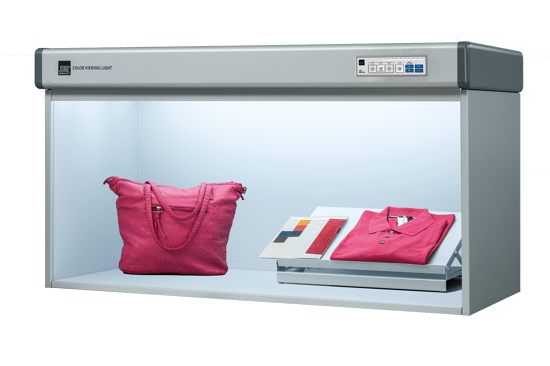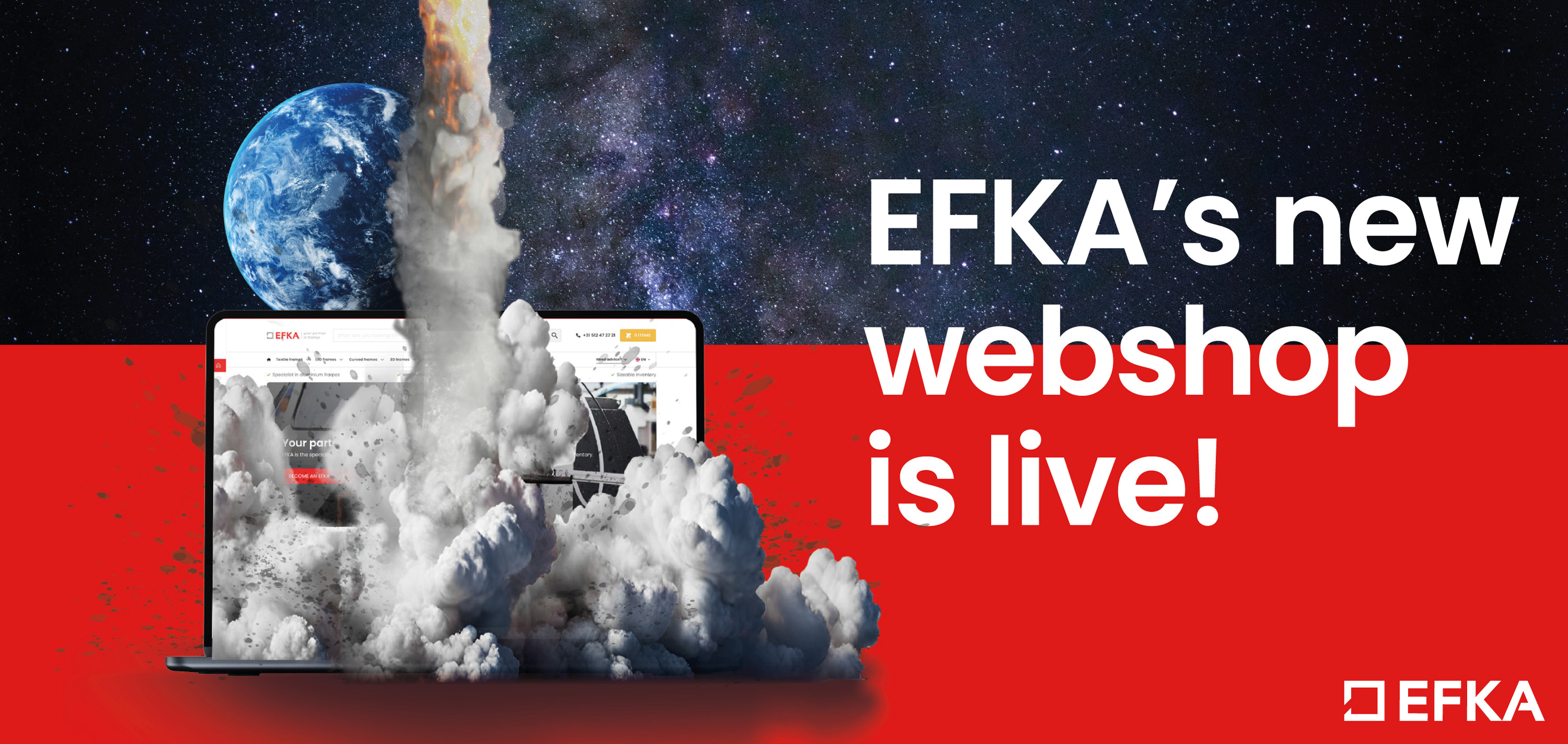CottonBee, a print on demand success story driving sustainable production on demand
.jpg?width=750)
As the Textile Industry shifts further towards a sustainable future the growth of print on demand is accelerating at an unprecedented pace. Digital technologies have democratized the print space – enabling an explosion of entrepreneurial growth within the marketplace. In our most recent interview, Michał Laskowski
Print-on-Demand offers a sustainable alternative to mass production. It also unlocks the value chain and, in a sector, where speed of delivery is now required alongside sustainable print production the market is set for exponential growth. Specialising in natural fabrics using pigment print technologies CottonBee now have over 20,000 customers worldwide.
.png?lang=en-GB)
Caption: With over 20,000 clients we are able to manage it all with our custom-made e-commerce web-to-print platform fully integrated with our custom production managing tools. Credit: CottonBee.
When was CottonBee founded? And what is your vision for the companies’ growth?
The idea to start a business that would allow small volume printing came to my wife’s mind at the beginning of 2013, and CottonBee became fully operational in November of that year, about 7 years ago. Since the very beginning, we have aimed to offer printing on fabrics and textiles, a service that back then was reserved for clothing manufacturers and big companies, and instead targeted entrepreneurs, handmade creators and hobbyists. Therefore, no minimum order printing was a revolutionary step. Now it seems that we’ve come full circle, as we are having to increase production capacity to cater to not only small-scale printing but more consistent bulk orders for bigger players on the market.
Where are your clients based and which sectors of the marketplace do you serve? Which sector is new growth coming from?
Despite starting off as a small start-up printing house that provided fabric printing exclusively to the Polish market, today our clients come from all across Europe. There are many market segments that we address, from business owners to individual customers, who all want to produce something unique. Our fabrics are used by baby clothing manufacturers, fashion brands, home décor brands, crafters, artists, even museums and movie theatres. Most recently, after the COVID outbreak, we’ve experienced a growth in demand for printed fabrics from international customers. Also, some companies have been looking for new fabric suppliers in their close proximity to minimise the risk of their shipments being delayed. This has made it even more evident that we are becoming a viable solution for them.
Do you print both reactive and pigment inks for natural fabrics? Which technologies do you use and how important has certification for inks become for your clients?
We are firm believers in pigment ink printing, as it allows us to achieve fast turnarounds for our clients. Our first Mimaki Tx400 printer provided great flexibility and print quality when we were just a small start-up business. When we later switched to Tx300P printers (a Tx300P-1800 direct-to-textile printer and a Tx300P-1800B with a sticky belt for printing on thin and stretchable fabrics) we achieved printing on stretchable fabrics, which represented a significant step ahead and a solid foundation to further progress our business. With minimum post-processing and a wide variety of fabric base pigment ink – we became able to offer an eco-friendly textile printing alternative to sustainable brands and anyone who cares for preserving the natural environment. Years down the line we still see how the use of pigment inks on natural fibres can make the difference and offer huge advantages, especially given the growing importance of sustainable solutions for the textile industry. Certifications for fabrics, pigments and even the entire manufacturing process are what clients want to see, so having OEKO-TEX and GOTS compliant inks are a key factor here. As we are now in the process of implementing industrial-grade solutions that we expect to lunch by the end of September to further increase our capacity, all of the above-mentioned are important features we want to offer to our customers.
Sourcing sustainable fabrics – Consumer awareness + behaviour – Are clients prepared to pay extra for environmentally sourced fabrics?
It is especially hard to gauge clients’ expectations regarding prices, particularly now, when COVID has changed so much in customers’ behaviours. But we believe that caring for the environment is still significant so paying a little extra for a quality fabric that is sustainable and natural is still a better solution than buying cheaper polyester and contributing to the microplastics pollution. In fact, we expect to launch a new collection of sustainable fabric bases with GOTS certifications - all in collaboration with a big European textile manufacturer - next autumn and we are certainly curious to see how it will all work out.
Tell us about the production workflow – How do you control colour management when working with virtual clients across multiple fabric bases?
As we work with a range of various grammages of both woven and jersey fabrics, we have our in-house colour profiling based on the Barbieri system. We have profiles made for every fabric base, so we can ensure great colour reproduction and consistent results in printing. A great deal of work is also done by our customer care - our team keeps the clients posted whenever images have to be converted to CMYK colour palette, which could affect the final print.
Meeting clients’ expectations – with a diverse client base how do you manage the production workflow so that orders regardless of scale are manufactured and shipped efficiently and fast?
There is a great quote by Warren Bennis: “The factory of the future will have only two employees, a man and a dog. The man will be there to feed the dog. The dog will be there to keep the man from touching the equipment.”. With over 20,000 clients we are able to manage it all with our custom-made e-commerce web-to-print platform fully integrated with our custom production managing tools. Our IT team are also a key part in helping us handle the workflow in an orderly manner.
Sustainability is a growing expectation – How as a business are you addressing sustainability?
Our efforts are focused on ensuring that every step of our production process becomes more and more eco-friendly. With printing on demand, we want to reduce the textile waste generated annually by the textile industry. We are printing on cotton-based and locally produced fabrics with OEKO-TEX certifications. We use pigments that are OEKO-TEX and GOTS compliant. We are shortening our supply chain to reduce CottonBee’s carbon footprint. We try to cut back on paper and plastic whenever we can. To simply put it, we do whatever we can to be as environmentally friendly as possible, despite being a part of one of the most polluting industries in the world.
Are you clients asking the right questions and have you seen a heightened demand for close proximity production?
.jpg?lang=en-GB)
Caption: We have been a supplier of printed fabrics to many local businesses for years now, but with COVID we’ve seen a significant increase in the number of clients looking for a textile print shop in their close proximity. Credit: CottonBee.
Companies in the textile industry have been experiencing difficulties with shipments of their deliveries so shortening the supply chain was the obvious solution.
What’s next for the CottonBee team and where would you like the business to be in 2 years’ time?
.jpg?lang=en-GB)
Caption: Our next step will most definitely be increasing our production capacity. The last 6 months have shown us that there is still a growing demand for no-minimum-order-quantity fabric printing. Credit: CottonBee.
With many companies in the textile industry shortening their supply chains, we also became a viable supplier for clothing manufacturers and larger businesses, since we can offer them a faster turnaround.
Also focusing even more on sustainability is something we always have in mind. Those are our priorities as of now. In addition, at some point in time, we would like to offer an even wider variety of services to our clients, but we will take that one step at a time.
Topics
Interested in joining our community?
Enquire today about joining your local FESPA Association or FESPA Direct
Recent news

The pros and cons of Digital Signage and Printed Signage
Sonja Angerer discusses the pros and cons of both digital signage and printed signage. Current developments such as artificial intelligence and spatial computing are changing the situation once again. How will this shift affect printers?

How to create an efficient smart factory
Debbie McKeegan speaks to industry specialists at Personalise Make Wear in Amsterdam about smart factories and customisation technology. Debbie speaks to Antigro, Caldera, Print Logistic, Inkcups and Kornit Digitial.

Standard lighting conditions for wide format printers and their many markets
Paul Sherfield shares the various standard conditions that are required for wide format printers as colours can appear differently dependent on the differing types of lighting and environments.
_compromised.jpg?width=550)